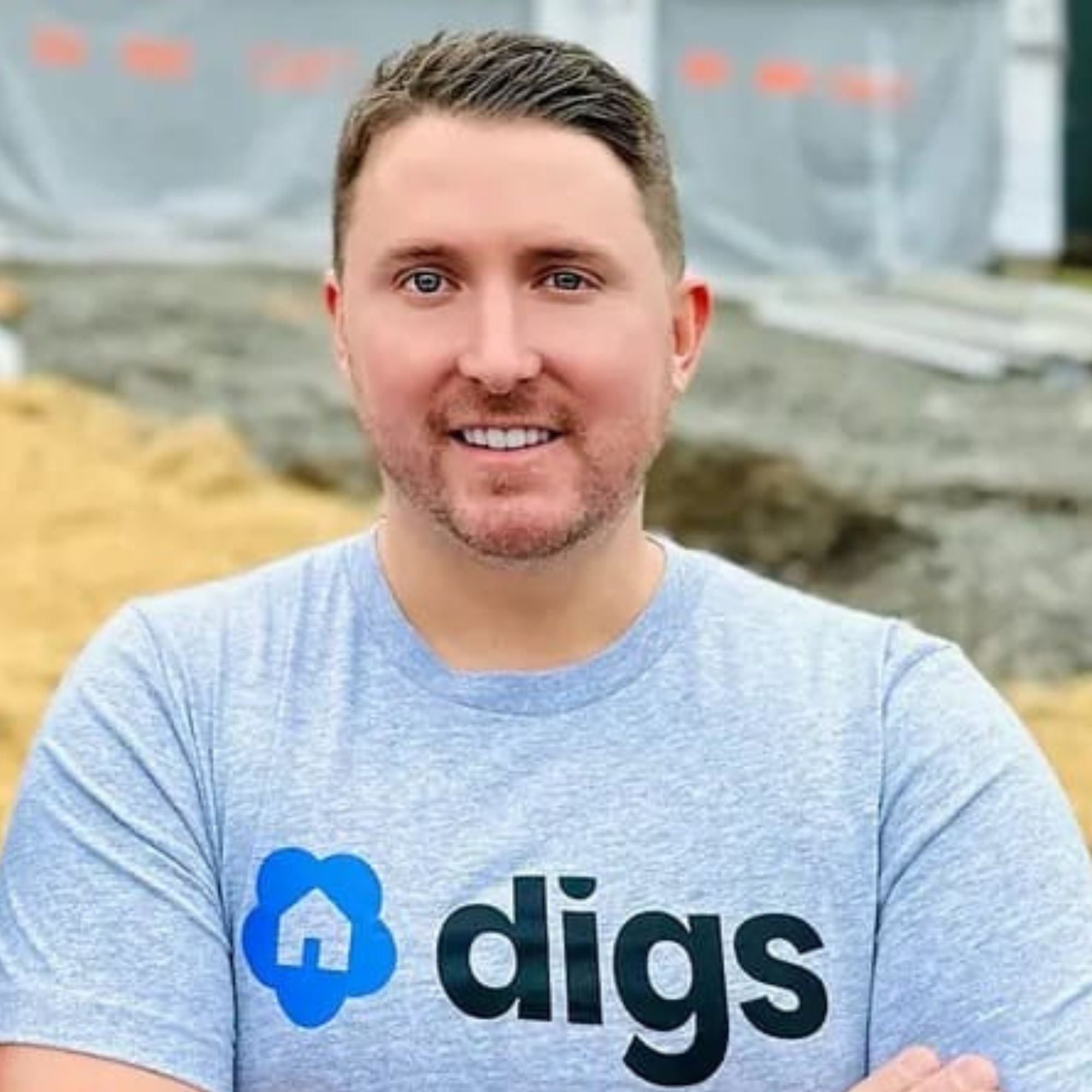Ready to launch your own podcast? Book a strategy call.
Frontlines.io | Where B2B Founders Talk GTM.
Strategic Communications Advisory For Visionary Founders
Conversation
Highlights
How PinPoint Analytics Is Using AI to Transform Public Works Bidding
The construction industry has long been plagued by a paradox: the lowest bid wins, but no one knows what the right price should be. This creates a dangerous race to the bottom where contractors risk financial ruin with a single miscalculation.
In a recent episode of Category Visionaries, Mark Zurada, Co-Founder of PinPoint Analytics, revealed how his company is solving this problem with AI, creating what he calls “the Zillow for public works.”
The Public Works Pricing Problem
Most people don’t realize how public works construction operates. When a municipality needs to repair a road or fix utilities, they put the project out to bid. Contractors submit their prices, and the lowest bid wins—a seemingly simple process with a devastating flaw.
“The name of the game is lowest price bid wins,” explains Mark. “Problem is that there’s no real Home Depot catalog of what these prices should be.”
This creates an existential risk for contractors. As Mark puts it: “It’s simple, risky. They say it’s easy to win because you just put in a low number. But it’s hard to build a business when it’s a race to the bottom. One bad bid could sink your company.”
The consequences can be severe: “Let’s say your bid comes out at a million dollars, costs $2 million to deliver it, well, you just lost a million dollars. And depending on the size of your company, that could really impact you.”
From Conversation to Category Creation
The idea for PinPoint came through casual conversations with friends in construction. What struck Mark and his co-founder Jim was the industry’s lack of technology adoption coupled with the clear decision structure of “lowest price wins.”
“Once you grasp the fact that there’s very little tech in public works, that was obviously a great opportunity,” Mark says. “When we heard the fact that the lowest price wins, that instantly triggers this idea: ‘Oh, you can build a model.'”
Unlike industries where contract awards involve complex qualitative assessments, public works’ focus on lowest price created a perfect opportunity for predictive AI. The founders’ backgrounds in data analytics and AI positioned them uniquely to solve this problem.
Building the Data Moat
What followed was something rare for startups: 2.5 years of pure R&D before launching their first generally available product.
“We spent a lot of years in R&D, and now we have this great IP moat around it because we’ve solved a lot of difficult challenges,” Mark explains.
The technical challenge was enormous. The data was scattered across thousands of municipalities in non-digitized formats. As Mark describes it: “First six months we’re just really figuring out how to build pipelines to get this data to train the AI at scale. It’s really siloed information, it’s non-digitized information.”
This upfront investment created PinPoint’s core competitive advantage: “We’re collecting data about every single public works project that’s ever been done in the country over the past five years, digitizing that information and building an AI model on top of that to predict what the winning price will be for any public works project in the country.”
From Data Collection to Marketing Engine
PinPoint’s data collection doesn’t just power their AI—it drives their entire marketing strategy. The bid summaries they collect contain valuable information about who’s bidding, who’s winning, and by what margin.
“We know exactly who’s bidding in almost real time,” Mark explains. “We know that they won. We know that this other one overbid by 20%. And we can contact them.”
This creates highly targeted sales opportunities: “The winner actually won by a 25% margin—that’s a terrible win because in that situation, the goal is always to beat the second place by a penny. So if you’re under-bidding by 25%, that signals that you’re very inefficient in your estimating process.”
PinPoint’s marketing is “highly precise and informative and resonant” because they can approach contractors with specific insights about their bidding inefficiencies immediately after they’ve experienced the pain.
Finding the Right Market Focus
While PinPoint serves three customer segments—municipalities, engineering firms, and general contractors—they focus primarily on GCs because they face the greatest risk.
“GCs are our primary target, and they’re basically the most at risk,” Mark notes. “They need this the most.”
But not all GCs face the same challenges. PinPoint specifically targets those working below the state level where bid variations are highest.
“The higher you go up in that governmental structure from like, the smallest would be like a township or a borough all the way to state or federal… the higher you go, the greater the dollar size and the more focused they are on really, really good estimating,” Mark explains.
The differences are stark: “If you’re doing $100 million project or $500 million project, the difference in prices between those people who compete at that level is, you know, like 1% off. The lower you go, the more you see like you could be 400% off.”
The Tech Advantage in Construction
One reason PinPoint has succeeded where others haven’t is their technical expertise. The construction technology landscape has traditionally been dominated by industry insiders trying to build tech, not tech experts building for construction.
“What we see a lot of in the space is construction guys building tech, not tech guys building construction software. And we’re the latter,” Mark says.
This gave them a crucial advantage: “We’ve kind of done this in other spaces and so we cut our teeth. We know how to do data and analytics and AI extremely well… We just knew how to approach it and surmount some of those early technical problems that I think just would have been super hard if you were coming at it from the other side.”
Finding the Right Investors
For a company creating a new category in a niche market, traditional VCs weren’t the right fit. Mark found success by targeting strategic investors who understood the problem firsthand.
“We really had to find a specialized VC,” Mark explains. “The sector agnostic VC would never have worked and ultimately landed a CVC, basically a huge construction conglomerate that felt the pain point. They’re like, ‘Oh my God, you guys can solve this. We’ve been trying to solve it forever.'”
This partnership provided not just capital but validation from within the industry. With over $4 million raised, PinPoint has since attracted broader investor interest as the construction tech space gains momentum.
The Zillow for Public Works
Looking ahead, Mark envisions PinPoint becoming to public works what Zillow is to real estate—the definitive platform for pricing intelligence.
“We kind of want to be the Zillow for public works,” he explains. “What Zillow’s done is really a lot of the same things. They’ve kind of owned, they’ve defined a market. They owned it… They are the de facto standard.”
The parallels run deep: “All of Zillow’s data is essentially one way or another coming from public record… they figured out exactly those similar challenges that we did in their inception. How do you get the entire country map and all of this information? Then ultimately they have the Z estimate, right? So there’s a major analog to the Z estimate, the pinpoint estimate.”
PinPoint’s journey exemplifies how AI can transform traditional industries by applying predictive intelligence to clear decision structures. By tackling the fundamental problem of bid pricing in public works construction, they’re not just building a product—they’re creating an entirely new category that could reshape a trillion-dollar industry.
Actionable
Takeaways
Target the stakeholders with the highest pain point:
PinPoint serves three customer segments (municipalities, engineering firms, and general contractors) but focuses primarily on GCs because they have the most financial risk and greatest need for the solution. As Mark explained, "GCs are our primary target, and they're basically the most at risk. They need this the most."
When creating a new category, seek specialized investors:
For companies building in niche markets, corporate venture capital from established industry players can be invaluable. Mark shared, "We really had to find a specialized VC... we ultimately landed a CVC, basically a huge construction conglomerate that felt the pain point. They're like, 'Oh my God, you guys can solve this. We've been trying to solve it forever.'"
Build proprietary data moats:
What attracts investors to PinPoint isn't just AI but their unique data assets. "VCs are really gravitating towards us because of the data moat that we have and the IP moat... We are an AI company solving a real-world problem with a great moat around us."
Use your data to drive hyper-targeted sales outreach:
PinPoint transforms the bid summaries they collect into actionable sales intelligence. "We know exactly who's bidding almost in real time... We're very focused on hitting our customers at the right time with the right message, with rich analysis on what they did, opening the doors to how our product could have helped them."
Approach complex technical challenges with the right expertise:
Sometimes the reason a market remains underserved is that the technical barriers are substantial. "We're really like tech guys building construction software... We know how to do data and analytics and AI extremely well... We just knew how to approach it and surmount some of those early technical problems that would have been super hard if you were coming at it from the other side."





















